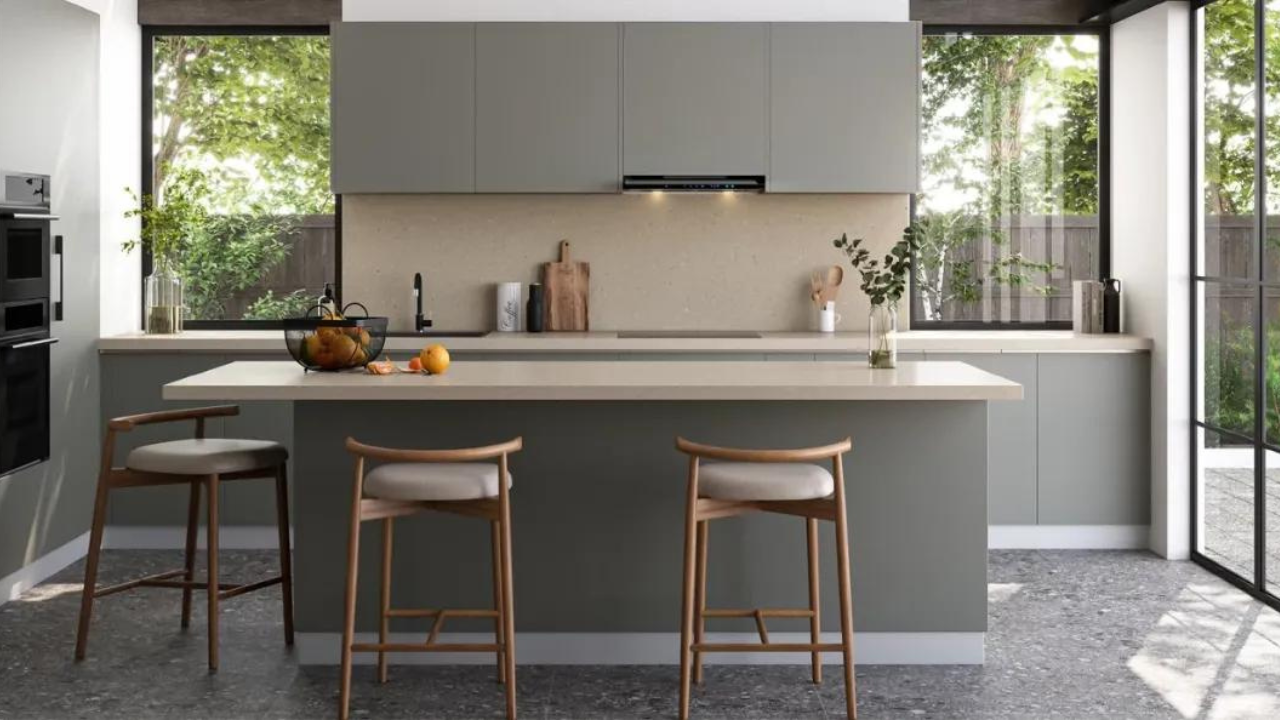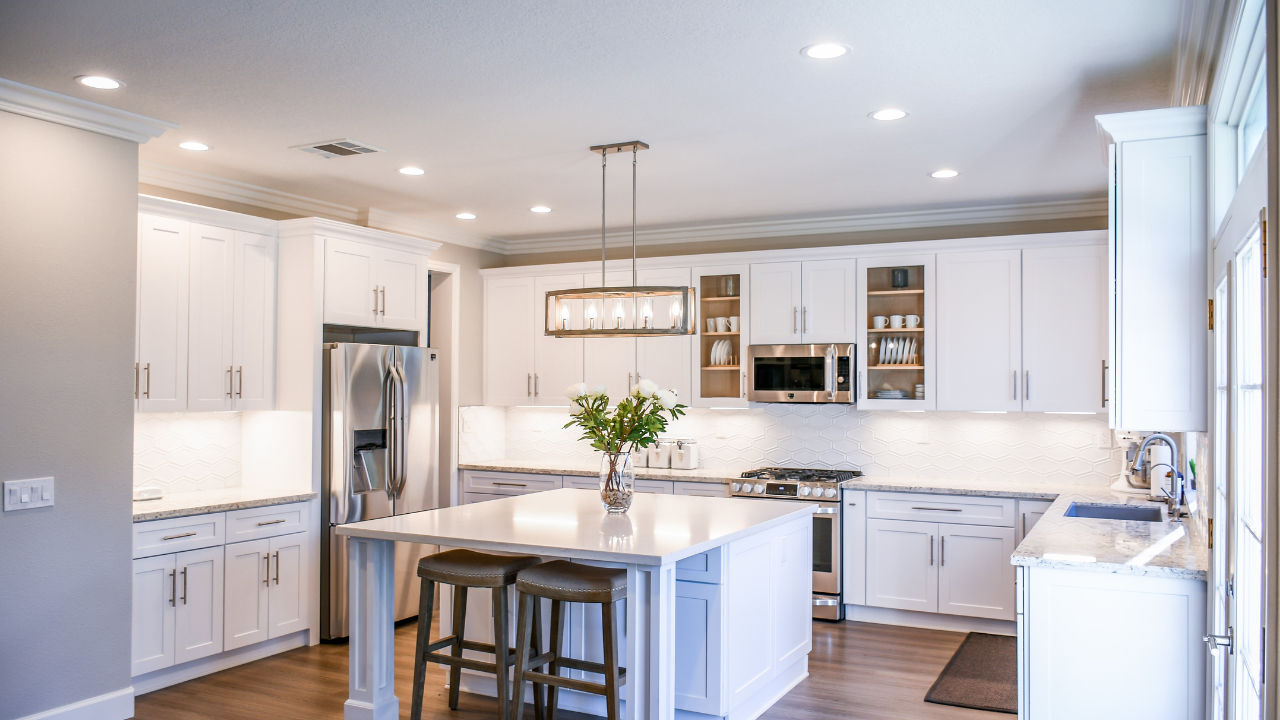Bedside Table: An Ultimate Checklist for Choosing the Right Table

Have you ever found yourself fumbling for your glasses or the snooze button in the dark, wishing your bedside area was a bit more organised? A well-chosen bedside table is not just a piece of furniture; it is a nightly companion that keeps all your essentials within arm’s reach while enhancing the look and feel of your bedroom. In this blog, you will discover how to select the perfect table that balances functionality with personal style.
Understanding the Anatomy of a Bedside Table
- Top Surface: This is the uppermost part of the bedside table, providing a stable platform for items such as lamps, books, water tumblers, alarm clocks, and mobile phones. The top surface size should be adequate to easily hold your essentials.
- Drawers: Many bedside tables feature one or more drawers. These are used for storing personal items like journals, medications, reading glasses, and other small belongings that you might need right next to your bed. Drawers help keep the tabletop neat and prevent the accumulation of items that are not required to be on the top surface.
- Shelves: Instead of (or in addition to) drawers, open shelves can be useful for storing books, magazines, or larger items that do not fit in drawers. Shelves offer easy access and can contribute to a more airy, open look.
- Cabinets: Some models come with a small cabinet door that opens to a storage space, similar to a mini-wardrobe. This is especially useful for storing larger items out of sight and keeping the bedroom tidy.
- Legs: These can vary greatly in style and height. Legs might be short and sturdy, providing a solid base, or taller and slender, offering a more elegant or minimalist appearance. The height of the legs contributes to the overall height of the table, which should ideally be about the same as the top of the mattress for easy access.
- Hardware: This includes handles, knobs, and drawer slides. Hardware can significantly influence the style of a bedside table, from modern brushed metal handles to vintage ornate knobs. It also affects the functionality, as high-quality drawer slides make for smoother, quieter operation.
Diverse Bedside Table Styles to Match Your Decor
- Minimalist: Clean lines and neutral colours characterise modern, minimalist bedside tables. They often feature sleek, streamlined designs with flat surfaces and hidden handles. Materials like lacquered wood, metal, or glass are common. This style suits bedrooms with a clutter-free, contemporary look where simplicity and functionality are key.
- Traditional: These tables often have rich wood finishes, intricate mouldings, classic hardware, turned legs, carving details, and ornate drawer pulls. Materials such as cherry, mahogany, or walnut are popular choices – bringing warmth and timeless elegance to the bedroom.
- Rustic: Rustic farmhouse-style bedside tables often use distressed wood, wrought iron hardware, and rugged aesthetic to bring a cosy, country feel to the bedroom. These tables might feature natural wood grains, weathered finish, and sturdy construction. This style complements decor that includes natural textiles, vintage accessories, and soft, muted colour schemes – creating a warm and inviting environment.
- Industrial:Industrial chic bedside tables incorporate metal, reclaimed wood, and exposed hardware to create a raw, edgy look. They often feature practical design – with features like metal frames, wire mesh panels, or caster wheels. This style is ideal for lofts or any bedroom design that celebrates a more open, minimalist aesthetic with a strong, gritty undertone.
- Scandinavian: Predominantly available in white and light wood shades, these tables often feature slim, tapered legs and a sleek, uncluttered look. Scandinavian tables embrace practicality and natural beauty, making them suitable for light, airy bedrooms that prioritise clean lines and understated elegance.
Choosing the Right Material for Your Bedside Table
- Wood: Cherished for its enduring strength and adaptability, wood remains the most popular material for bedside tables. Available in an array of finishes, wood can seamlessly integrate into any design aesthetic from timeless & traditional to sleek & modern. Frequently used varieties like oak, pine, mahogany, and walnut each contribute a distinct grain, colour, and texture – ensuring that every piece is uniquely its own.
- Metal: Metal bedside tables provide a modern and industrial look. Durable and easy to maintain, they are often used in minimalist designs or to add a contemporary edge to a room. Metals like steel, iron, and aluminium are popular choices, sometimes finished in chrome or brushed nickel, or even powder-coated in various colours.
- Glass: Used as a standalone material or often combined with metal or wood frames, glass can give any bedside table a sleek and modern appearance, and help make a small space appear larger and more open. Frosted or tinted glass can also add a unique style element.
- Rattan or Wicker: These materials are perfect for creating a bohemian or coastal vibe in your bedroom. These materials are typically lightweight but strong, providing a casual, airy feel to the space. They are often left in their natural state or painted to match bedroom decor.
- Composite or Engineered Wood: Composite wood products such as MDF (Medium-Density Fibreboard) and particle board are popular choices for bedside tables, primarily because of their affordability and the variety of finishes they can accommodate. These materials can be covered with veneers, laminates, or paints to mimic more expensive wood grains or to offer modern, sleek finishes in various colours.
Functionality Features of Bedside Tables
Ideally, a bedside table should be generally level with the top of the mattress, allowing easy access to items on the table from the bed. The width and depth should be chosen based on the space beside your bed and the surface area you need. Typically, a bedside table ranges from 18 to 24 inches in width.
Functionality is a key aspect to consider when selecting the right piece for your bedroom. The design should cater to your needs – whether ample storage, accessibility, or specialised features. Modern bedside tables often include thoughtful additions such as built-in charging stations or USB ports, allowing you to conveniently charge your devices overnight. Others might feature pull-out trays or built-in lighting, enhancing convenience and functionality.
Conclusion
We explored that the right bedside table should match your bedroom’s style, meet your storage needs, and fit perfectly within the available space. Remember, this small but significant piece of furniture holds your precious bedtime essentials, keeps your favourite novel within reach, and hosts a lamp that casts the perfect light for a relaxing evening. So take your time, consider your options, and choose a bedside table that ticks all the boxes.








